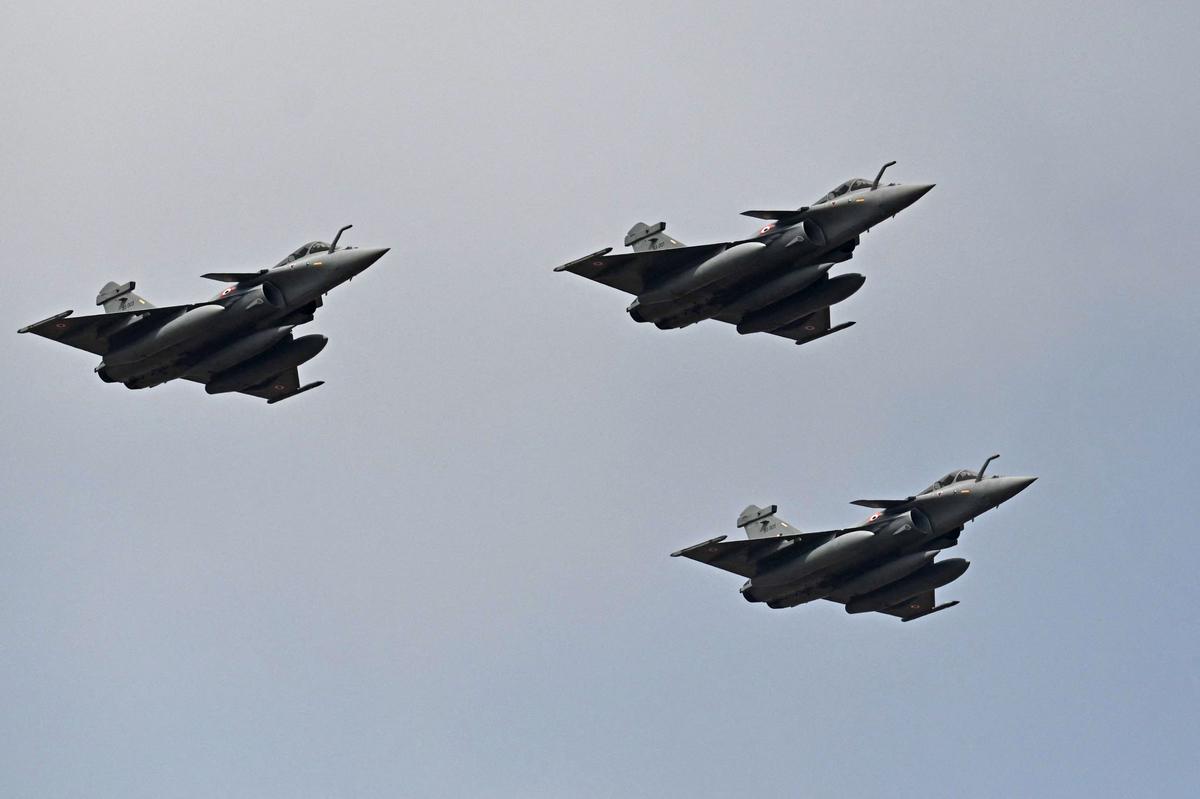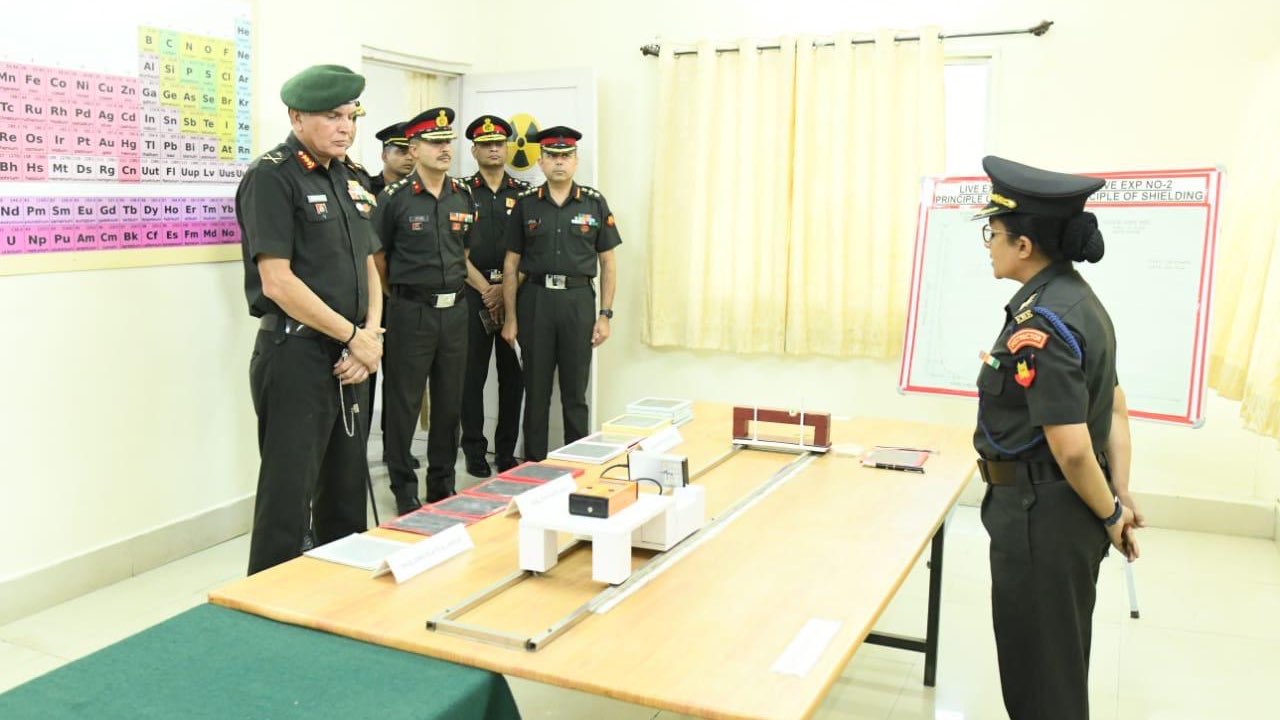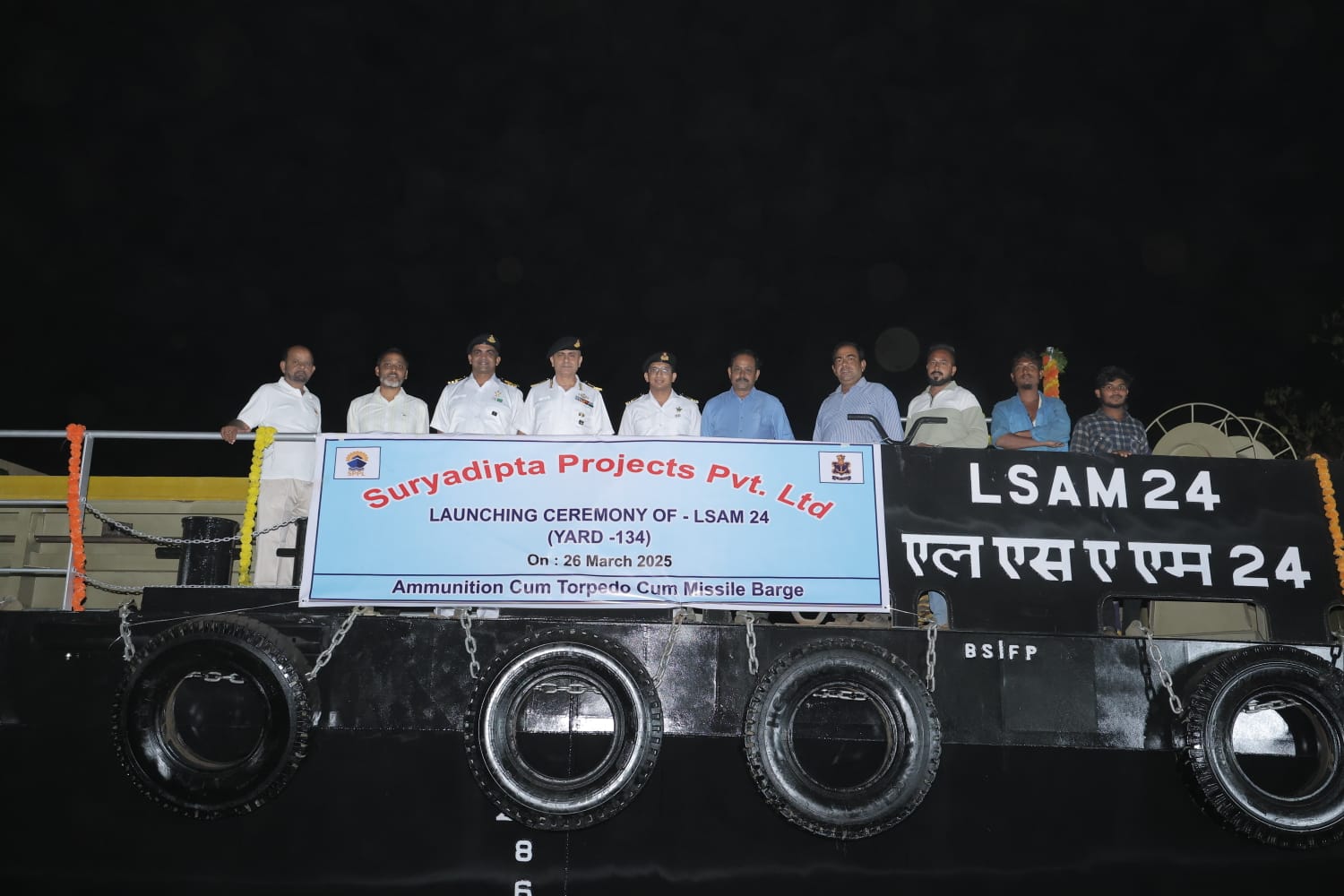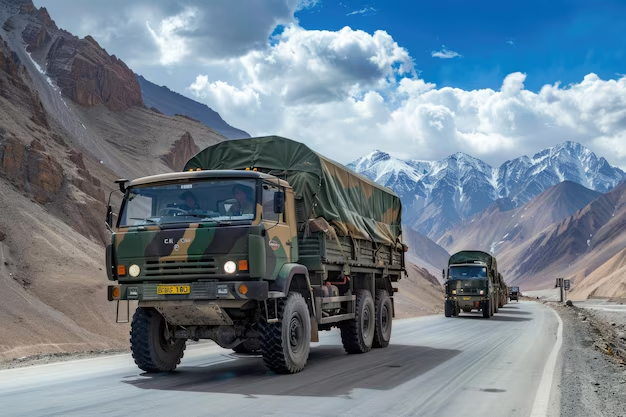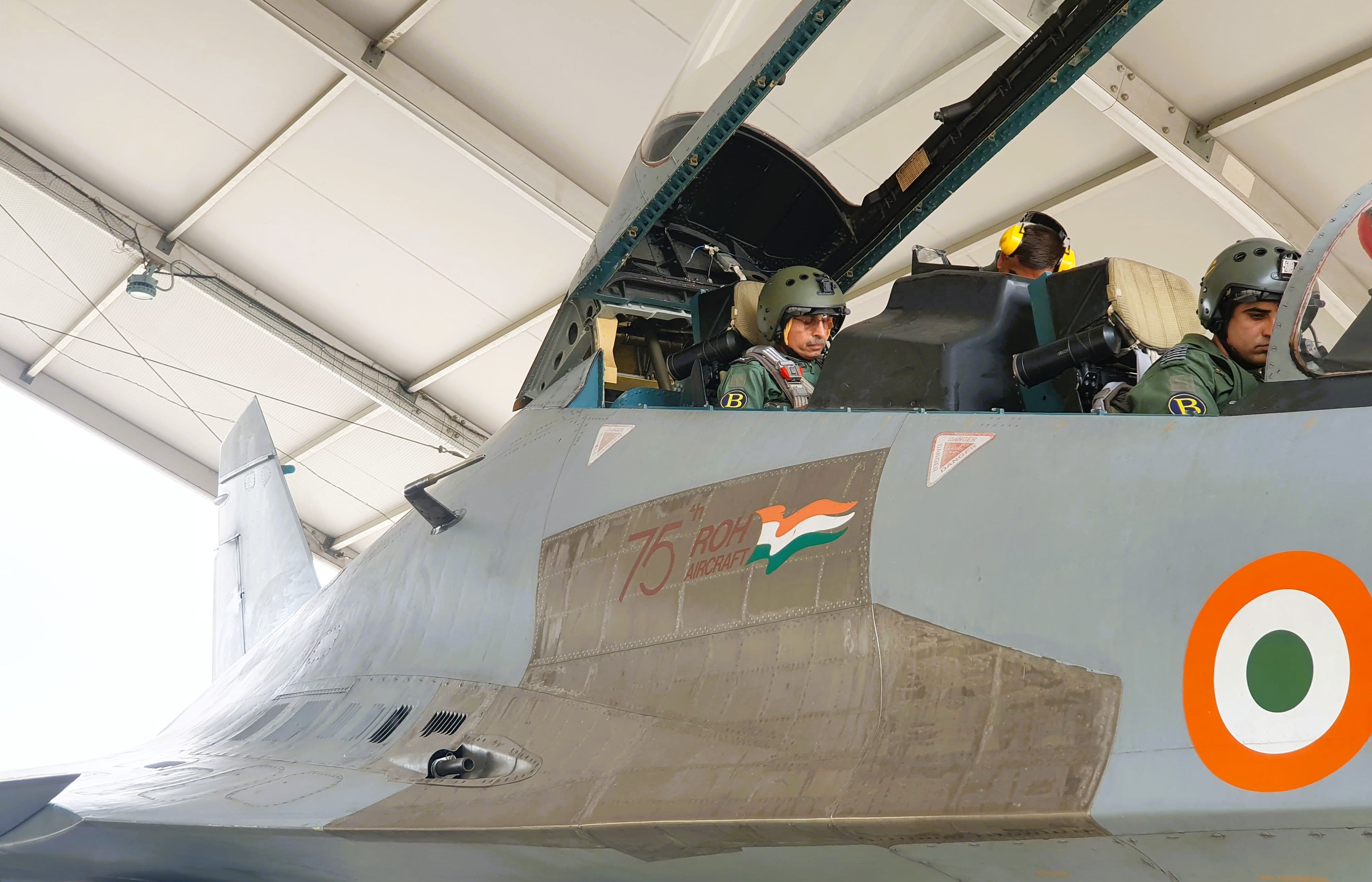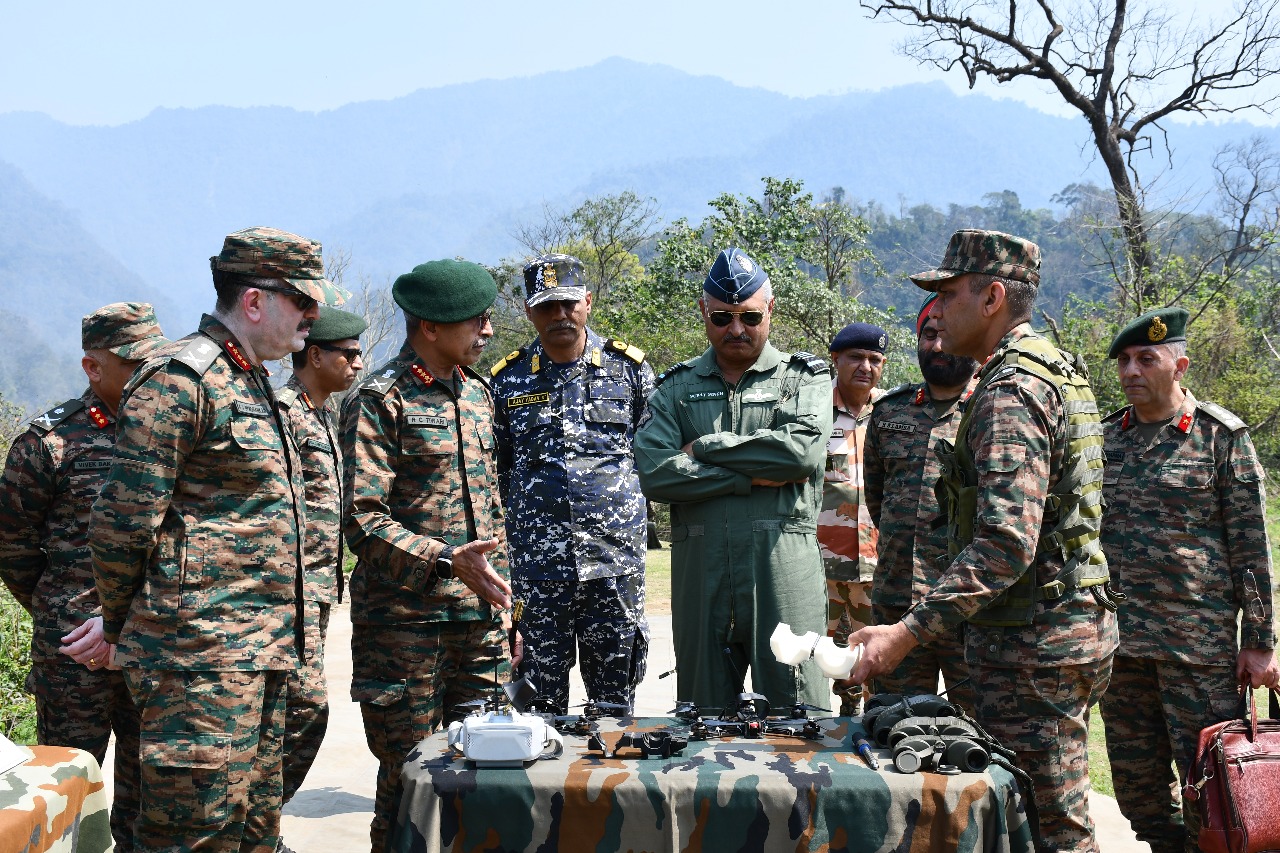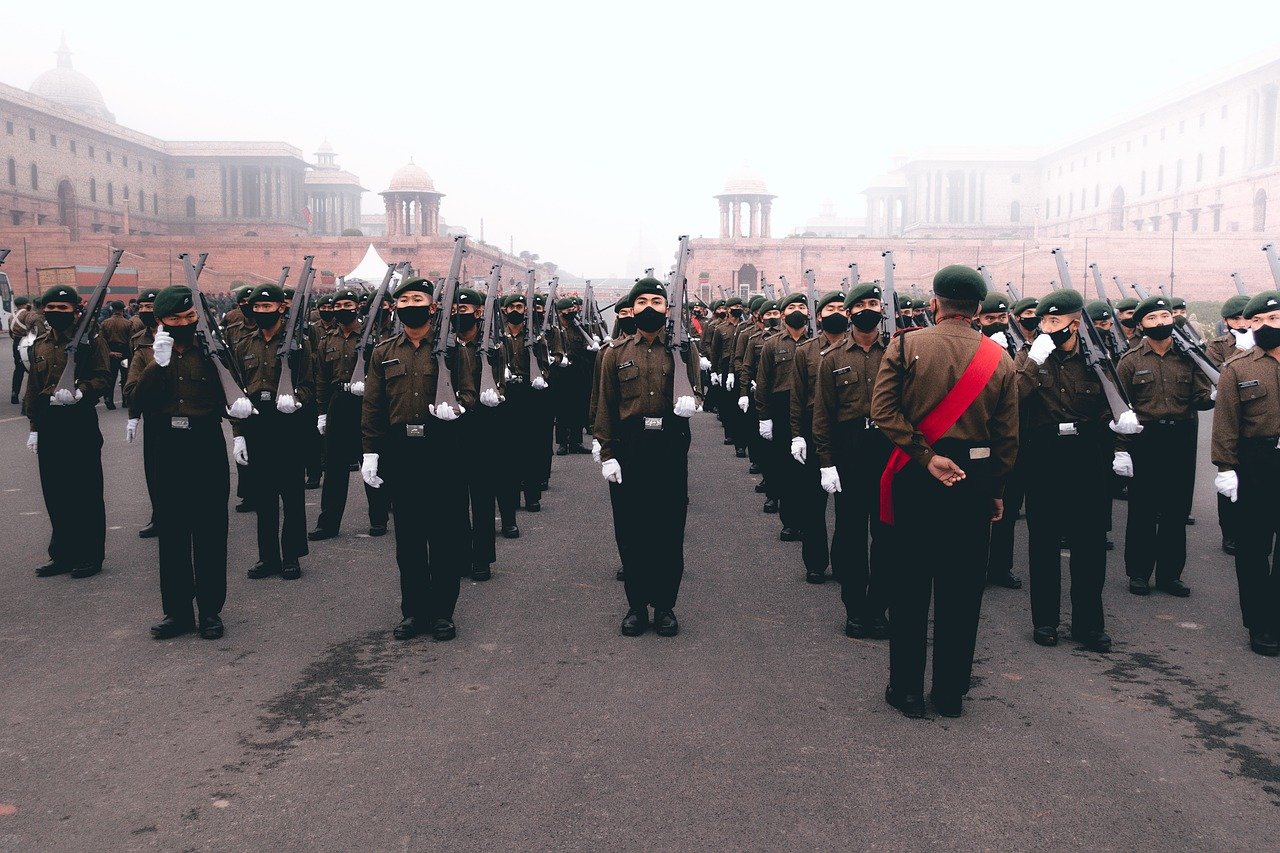New Delhi is currently the focal point of international attention as India moves closer to finalizing a significant defense deal involving the purchase of 114 multi-role fighter aircraft for the Indian Air Force. This procurement process is poised to attract bids from several global heavyweights, including the United States, Russia, France, Sweden, and Europe.
India, a major player in the global defense sector, has built strategic trade relationships with multiple nations. Its status was notably elevated in 2016 when the United States formally recognized India as a Major Defense Partner, cementing a strong bilateral relationship characterized by mutual interests in defense and military cooperation.
The ongoing competition for the fighter jet deal sees Russia leading with its advanced Su-35 and MiG-35 models, closely followed by France’s acclaimed Rafale. The United States, aiming to capitalize on its strong ties with India, is vying for attention with its F-21 and F-18 aircraft. Sweden’s Gripen and the European consortium’s Eurofighter Typhoon complete the lineup of contenders.
The intricate dynamics of this procurement process are heightened by the Indian Air Force’s recent military exercise, “Tarang Shakti,” which provided a platform for these contenders to showcase their aircraft capabilities. The U.S. demonstrated its F-21 and F-18 jets during this exercise, signaling its eagerness to secure the lucrative deal.
The stakes are particularly high for the United States, given the close rapport between Indian Prime Minister Narendra Modi and former U.S. President Donald Trump. With Trump recently being re-elected, speculation surrounds the possibility that his administration will exert considerable effort to favor U.S. offerings in the deal. The growing defense relationship between India and the U.S. appears to be a potential game changer in the South Asian geopolitical landscape, influencing not just military collaborations but broader strategic partnerships.
As India continues to solidify its defense capabilities through these high-stakes negotiations, the implications for regional security dynamics and international relations in Asia remain profound. The world watches closely as India navigates through its choices, weighing technological advancements, strategic partnerships, and national interests.

